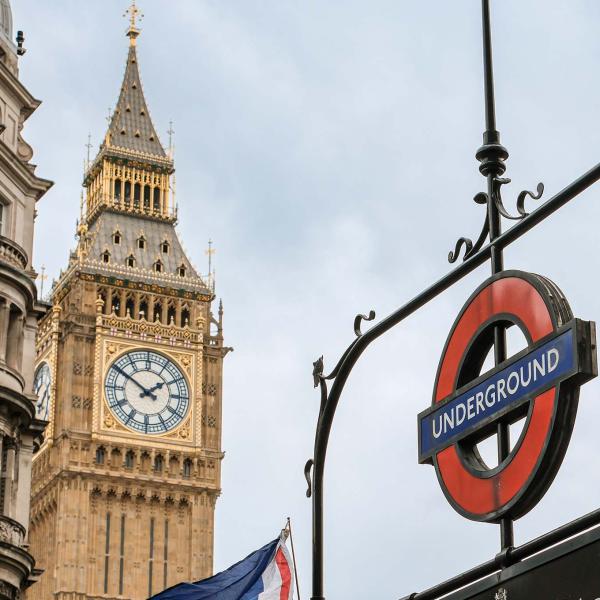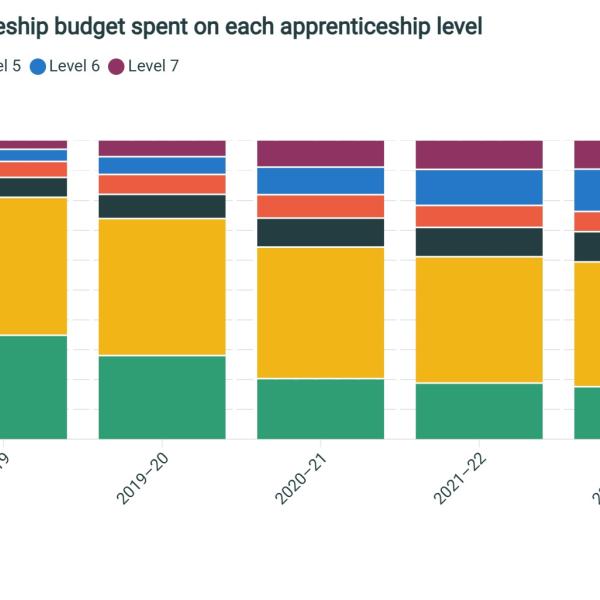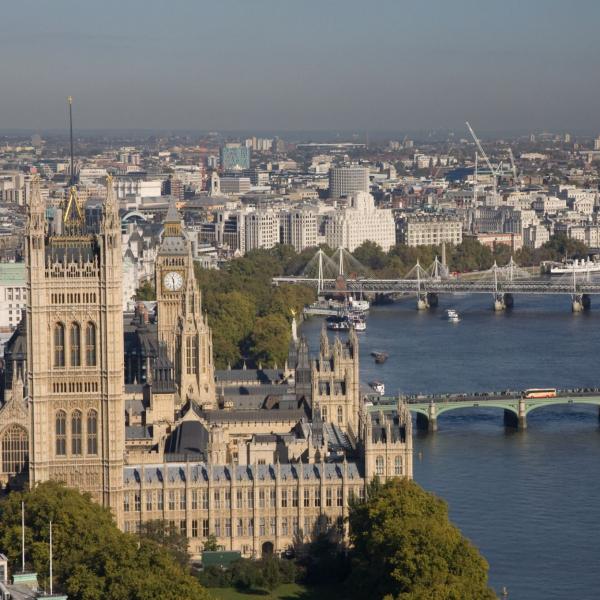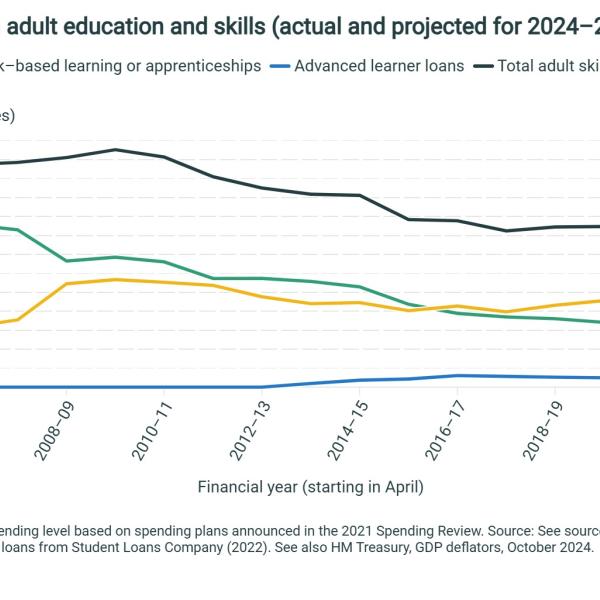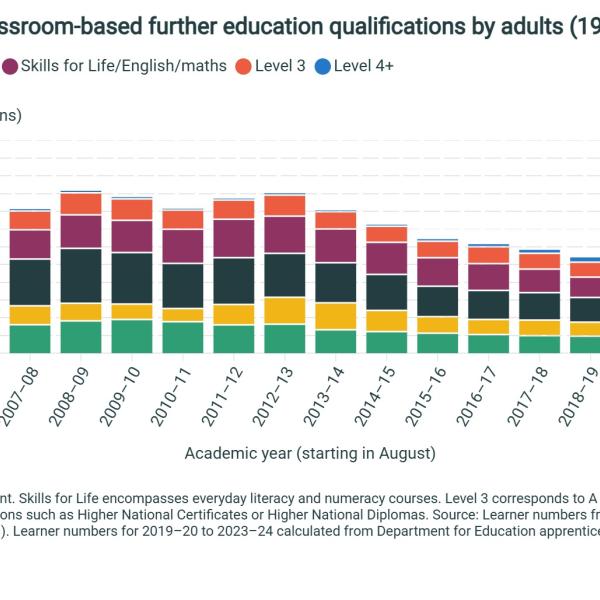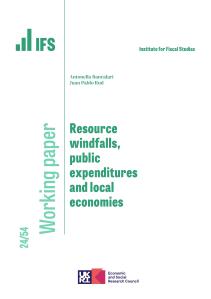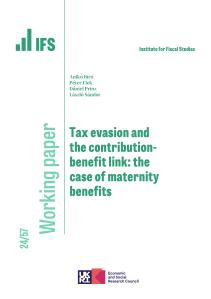Kate Ogden, Senior Research Economist at the Institute for Fiscal Studies (IFS) said:
“The government yesterday published the final local government finance settlement, which confirmed final funding allocations for English councils in 2025–26. Their total budgets are set to be £64.2 billion, which is 4.8% of total government spending.
The figures set out differ somewhat from those included in the provisional settlement published last December.
First, the government is now including compensation for higher National Insurance Contributions (NICs) bills, which amounts to £470 million for councils (plus a further £45 million for fire authorities, the Greater London Authority and combined authorities). This is being distributed to councils on the basis of their net spending on services (excluding education and police services, which are being compensated separately) as of 2023–24. This approach is sensible.
Using overall service spending rather than compensating councils based on their spending on staff they directly employ avoids penalising councils which have opted to outsource more of their services than others. However, the total amount of funding being provided to councils across England has been designed to compensate, on average, only for costs relating to staff directly employed by councils and not for those delivering their services on a contracted-out basis. Councils will therefore have to use some of their other funding to help meet the indirect costs of higher NICs bills. And using net rather than gross service spending to allocate compensation means councils that fund a higher share of expenditure via fees and charges will have to try to recoup more of the cost of higher NICs bills from service users.
Second, the government topped up its new children’s social care grant by £20 million (from £250 million to £270 million). This grant will make up around 0.4% of councils’ core funding next year, and might fund around 2% of councils’ net spending on children’s social care services.
Third, the government has agreed to allow six councils to increase their council tax bills in April by more than the standard 5% for social care authorities (although by less than they had asked for). Bills are expected to rise by 7.5% in Birmingham, Somerset and Trafford, 9% in Newham and Windsor & Maidenhead, and 10% in Bradford. We expect these ‘exceptional’ rises to bring in around £45 million. In five of these areas, the council tax bill for a band D property is currently in the lowest quarter nationally. However, bills in Somerset (£2,267) already exceed the national average (£2,171).
Taken together, these changes mean that if councils all put up council tax bills by the maximum allowed without a local referendum, they could expect a substantial cash-terms increase in their core funding (own revenues plus grants): of £4.3 billion, or 7.2%. After accounting for forecast economy-wide inflation, this is equivalent to a 4.7% real-terms funding boost. Excluding NICs compensation, the increase is 3.9% in real-terms.
As we highlighted in our response to the provisional settlement, the figures for core spending power exclude £1.1 billion of new funding from ‘extended producer responsibilities’, a levy scheme for producers’ use of packaging. While this is outside the main finance settlement, it does represent a further increase in councils’ funding this year which they can use for existing services. Including this takes the increase in funding to £5.4 billion or 8.9% in cash terms, on average (6.4% in real terms).
This revenue will constitute a particularly important funding boost for shire district councils: including it takes the average cash increase in their core funding from 1.4% to 9.2% (from a real-terms cut of 0.9% on average to a 6.6% increase).
Overall then, 2025–26 will continue the trend of substantial above-inflation increases in funding for English councils. Unfortunately, their costs have also been outpacing inflation, and with a tighter outlook for funding from central government looming from 2026–27 onwards, tackling the demand and cost drivers impacting councils’ budgets is becoming increasingly urgent.”



